Drought tolerant fir for WNY z6a
treeguy_ny USDA z6a WNY
12 years ago
Related Stories
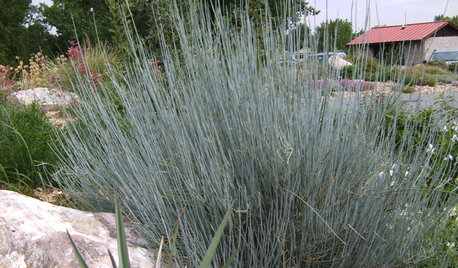
BLUE AND GRAY FOLIAGEGreat Design Plant: Bluestem Joint Fir
For a splash of cool blue color that lasts all year, try this evergreen in a sunny and dry garden spot
Full Story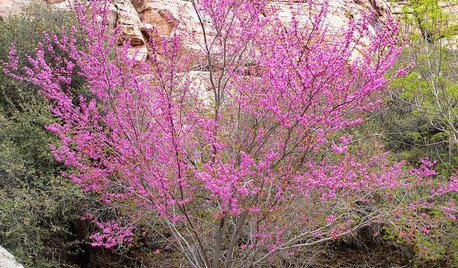
TREESGreat Design Plant: Cercis Occidentalis for Four Seasons
Plant western redbud in drought-tolerant and habitat gardens for its outstanding beauty throughout the year
Full Story
GARDENING GUIDES8 Unthirsty Plants Help You Save Water in Style
Spend less effort and money on your landscape with drought-tolerant and native plants that liven up your yard
Full Story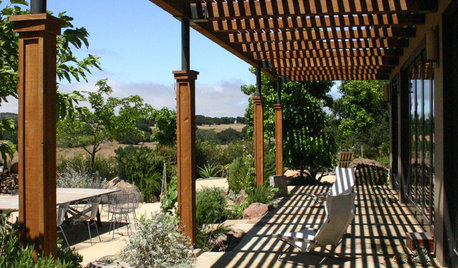
PATIOSPatio Details: A Shaded Patio Opens Up the View in Wine Country
A Douglas fir and metal pergola offers shelter from the hot sun on this scenic California property
Full Story
SAVING WATERHouzz Call: Are You Letting Go of Your Lawn?
Many facing a drought are swapping turf for less thirsty plantings. If you’re one of them, we’d like to hear about it
Full Story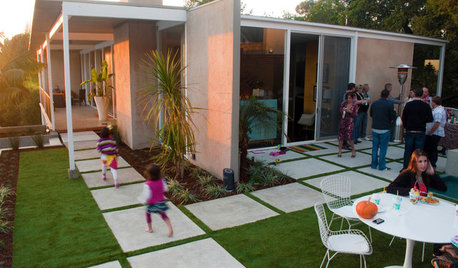
INSIDE HOUZZThere’s a Party in the Backyard, Says a Houzz Landscaping Survey
Entertaining, growing edibles and solving problems are goals for homeowners planning to revamp their yards
Full Story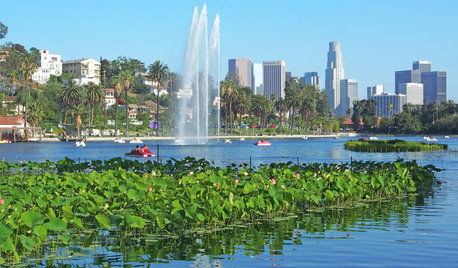
COMMUNITYIn L.A.’s Echo Park, a New Urban Development Takes Flight
Blackbirds, a new ‘microneighborhood’ near downtown, is Los Angeles’ latest small-lot urban infill project
Full Story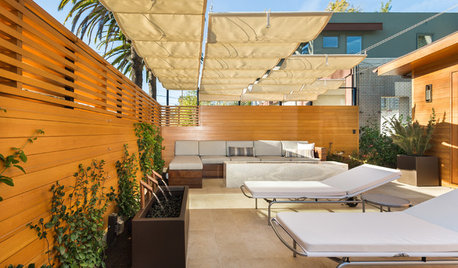
PATIOSPatio Details: A Relaxing Front-Yard Retreat in Los Angeles
A retractable awning, a water feature and an onyx fire feature transform a formerly unused front yard on a busy street
Full Story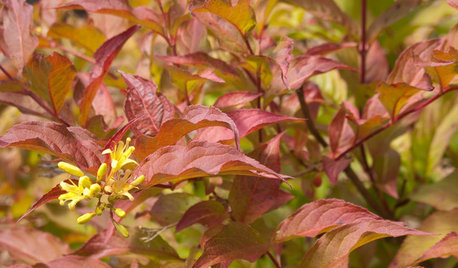
GARDENING GUIDESGreat Design Plant: Northern Bush Honeysuckle, a Bronze Beauty
It helps control erosion and takes sun or shade. The butterflies love it. But the best part of this shrub may be the vivid foliage
Full Story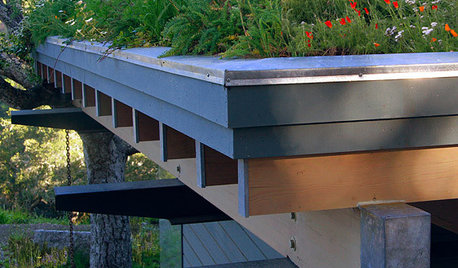
EARTH DAYHow to Install a Green Roof
Covering a roof with low-maintenance plants has benefits beyond just beauty. Get the details here
Full Story




ken_adrian Adrian MI cold Z5
Smivies (Ontario - 5b)
Embothrium
pineresin
davidrt28 (zone 7)
treeguy_ny USDA z6a WNYOriginal Author
gardener365
davidrt28 (zone 7)
Embothrium
treeguy_ny USDA z6a WNYOriginal Author
treeguy_ny USDA z6a WNYOriginal Author
Embothrium
treeguy_ny USDA z6a WNYOriginal Author
pineresin
treeguy_ny USDA z6a WNYOriginal Author
davidrt28 (zone 7)
davidrt28 (zone 7)
treeguy_ny USDA z6a WNYOriginal Author
gardener365
treeguy_ny USDA z6a WNYOriginal Author
pineresin
gardener365